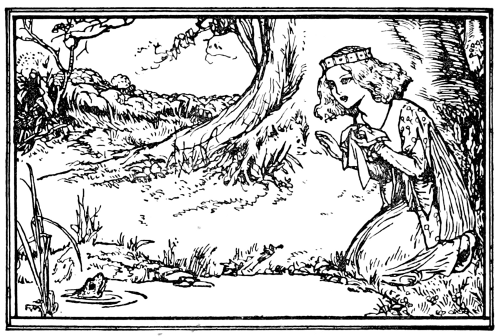
When you’re a princess you have to kiss a lot of frogs. But you can see only one frog at a time, and once you reject a frog you can’t return to it. How can you know when to stop hoping for a prince and settle down with the frog you have?
“Surprisingly, … there is a method which enables us to select the best candidate with a probability of nearly 30% even if n is a large number,” writes Gabor Szekely in Paradoxes in Probability Theory and Mathematical Statistics (2001). “Let the first 37% (more precisely, 100/e%) of the candidates go and then select the first one better than any previous candidate (if none are better, select the last). In this case the chance of selecting the best is approximately 1/e, i.e. ≈37% however great n is.”
So if there are 100 frogs in the forest, reject the first 37 and then choose the first one that seems to beat all the others. There’s about a 37 percent chance that it’s the best one.
